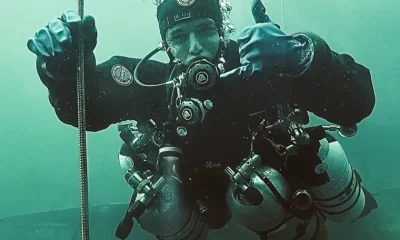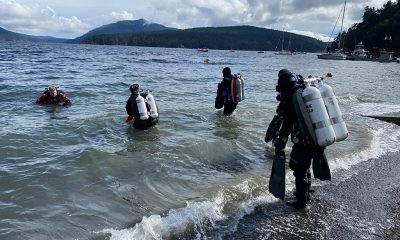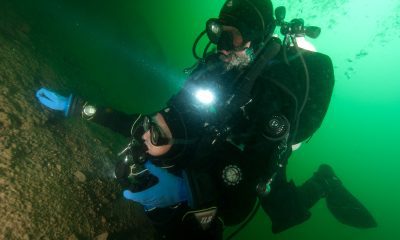Community
The Role of Agency When Discussing Diving Incidents: An Adverse Event Occurs—An Instructor Makes a Mistake
Human Factors educator and coach Gareth Lock examines the role of our innate attribution biases and language, in forming our collective judgements when incidents occur—in this case, by considering a student diving injury that occurred during a class. Was the instructor to blame? Was anyone?
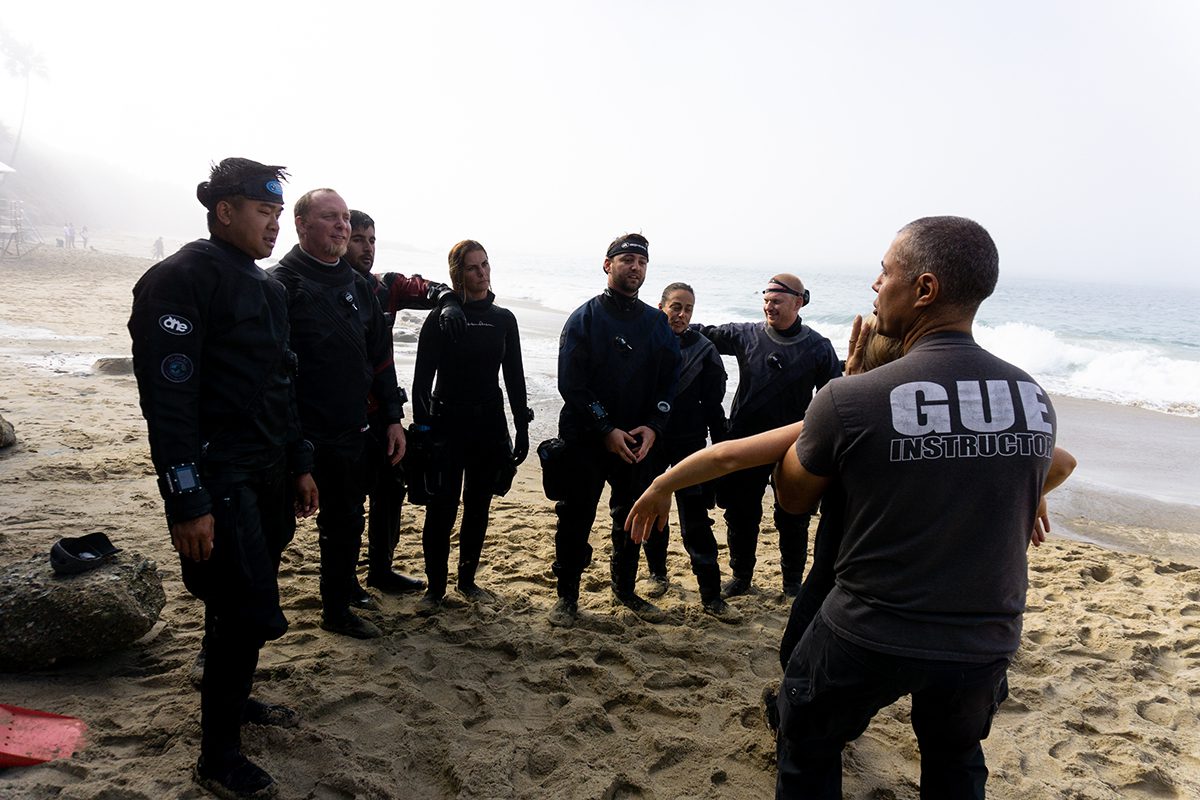
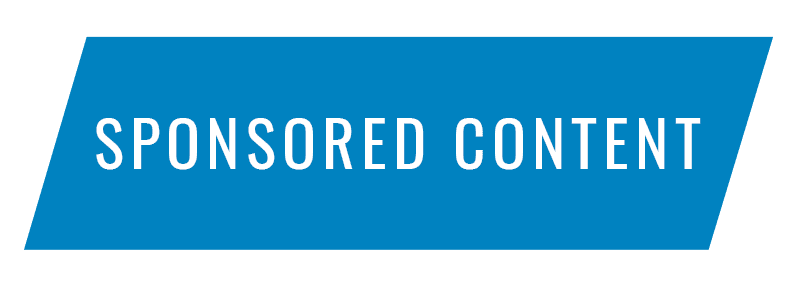
by Gareth Lock
Header Photo by Alexandra Graziano
What do you think when you read the following? Who is at fault? Where do you think the failures lie?
“The instructor failed to notice that the gas pressure in one of their four student’s cylinders was dropping faster than was expected, and consequently, missed that this particular student had run out of gas. The student then panicked and bolted for the surface which ended up with them having an arterial gas embolism.”
It would be normal for the majority of Western-cultured divers to believe that the fault would lie with the instructor, especially as I framed your thought processes with the subtitle, ‘An Instructor Makes a Mistake’.
The instructor would have had a clear level of responsibility to make sure that the event didn’t happen the way it did, and because the student ended up with an out-of-gas situation and an arterial gas embolism, that instructor needs to be held accountable for the mistakes that were made.
Financial compensation to the diver might be involved. As for the instructor, specific solutions for ways to prevent future mishaps would be standard. The instructor might be advised to be more aware, to monitor students more closely, and follow standards and/or training.
The problem with this approach is that it can miss significant contributory factors. Over thousands of years, we have developed a mindset that searches for the cause of an adverse event so that we can prevent the same thing from happening again. There are two parts behind this sentence that we are going to look at in this article—agency and attribution.
Agency and Attribution
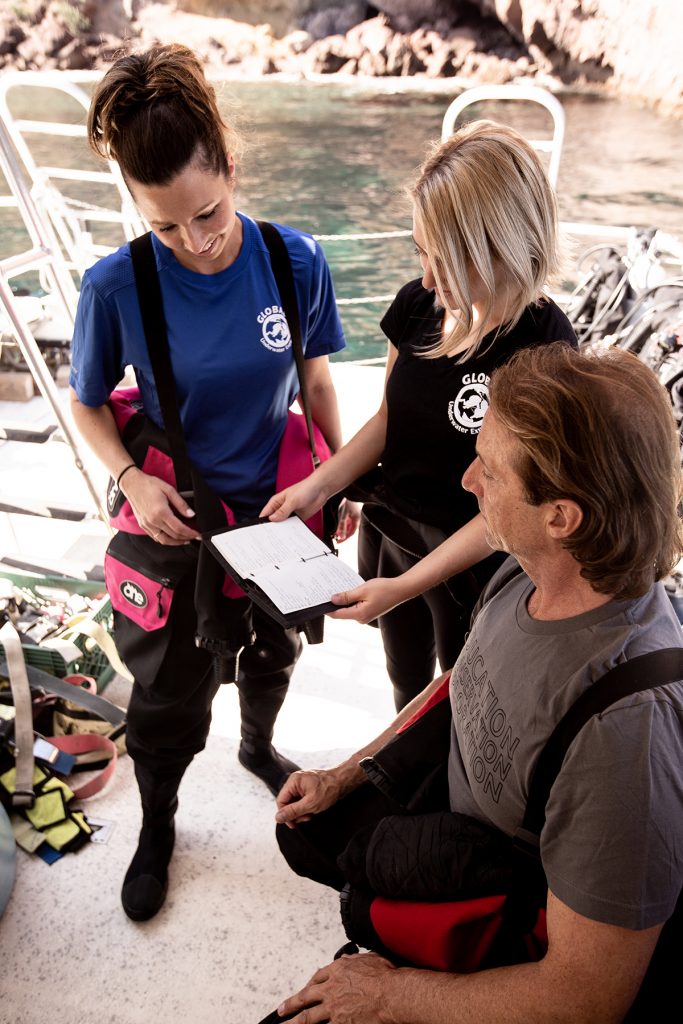
The first is Agency—an agent is a person or thing that takes an active role or produces a specific effect. ‘The instructor failed to notice the faster-than-normal pressure drop.’ In this example, the instructor is the agent. While we can easily identify the action and agent, we cannot determine from this simple statement whether the instructor intentionally didn’t monitor the gas, whether they accidentally missed the increased consumption rate or leak, whether the student didn’t inform the instructor, or if there was another reason. A reader of this short case study would normally assume that the instructor had some choice in the matter, that they were a free agent with free will, and that a professional with training should know better. This assumption can heavily influence how an ‘investigation’ develops from a blame-worthy event to one where wider learning can happen.
Research has shown that the attribution of agency is subjective and is swayed by a number of different factors including culture, experience, and the language of the observer. Furthermore, the language used and how this frames the event has also been shown to directly influence the assignment of guilt, blame and/or punishment. This is especially the case if the only reports available are based around litigation and insurance claims, as these are purposely written to attribute blame.
Societally, and developmentally, we believe that the attribution of cause behind an action is important, especially if it is an adverse event because it allows us to identify who or what needs to change to prevent the same or similar events from occurring in the future. In the out-of-gas event above, it might be obvious to some that it is the instructor who needs to change or ‘be changed’!
The Fundamental Attribution Bias
While agency is relatively clear when we describe an event, where this attribution of agency is applied is very subjective. Attribution theory was developed in the 1950s by Fritz Heider in which he described behaviours that could be attributed to internal characteristics or disposition (personality, abilities, mood, attitude, motivations, efforts, beliefs…) or to the influences external to them which were situational in nature (culture, social norms, peer pressure, help from others, organisational pressures, rules, environmental conditions…). For example, a diving student might not perform as expected despite having been given the training detailed in the course materials. This could be because of performance anxiety, lack of confidence, not paying attention to the demonstrations… (internal or dispositional attribution), or it could be caused by an argument they had had at home that morning, mortgage worries, homework which is due, promotion or threat of being fired, or poorly serviced equipment… (external or situational attribution).
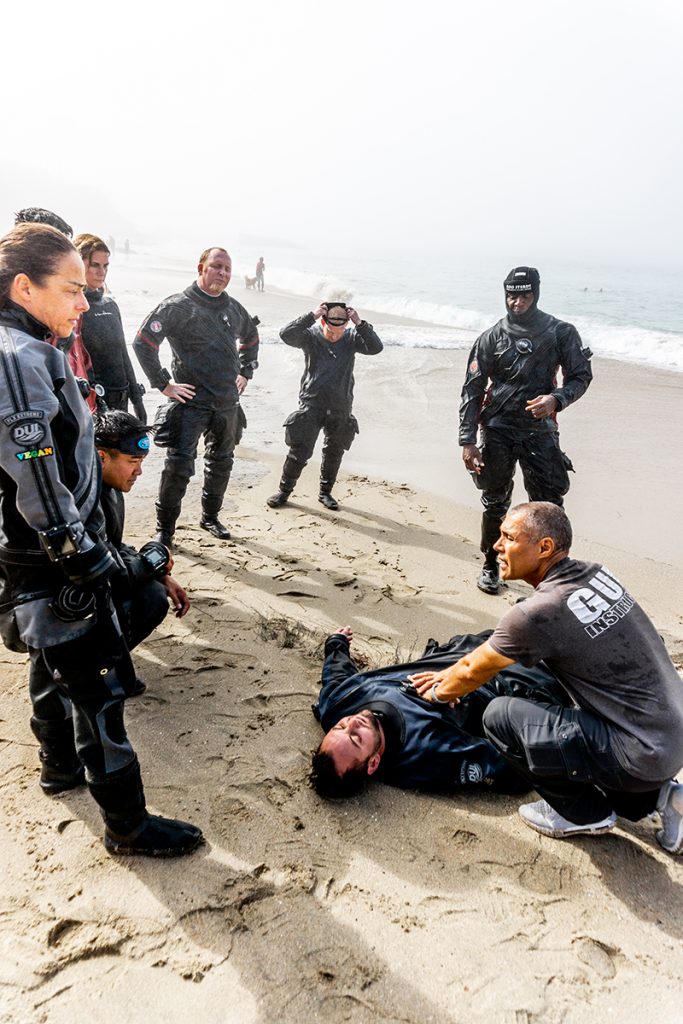
This subjectivity is so powerful and prevalent that there is a recognised cognitive bias called the fundamental attribution bias or error. This bias shows that there is a tendency to look for dispositional attribution when an adverse event involves someone else (they didn’t pay attention, they didn’t have the skills or experience), but the tendency to look for situational attribution when the adverse event involves us (high workload led me to be tired, the students were spread far apart, their gauge was in their BCD pocket). “When explaining someone’s behavior, we often underestimate the impact of the situation and overestimate the extent to which it reflects the individual’s traits and attitudes.” As a consequence, it is much easier to ascribe the failure to the individual rather than to look at the wider situation. This aligns with Lewin’s equation, B=f(P, E), which states that an individual’s behavior (B) is a function (f) of the person (P), including their history, personality and motivation, and their environment (E), which includes both their physical and social surroundings.
Research has shown that culture can strongly influence how agency is attributed. Those from Western cultures e.g. Anglo-American or Anglo-Saxon European, have a tendency to be more individualistic in nature, whereas those from Far Eastern cultures have a more collective view of the world which increases collaboration, interdependence and social conformity. The research also shows that “Compared to people in interdependent societies, people in independent societies are more likely to select a single proximal cause for an event.” Western cultures therefore have a tendency to erroneously attribute control and decision to the human actor closest to the event, even if this was not the case. This has huge implications when it comes to litigation and organisational/community learning.
Self-Serving and Defensive Attribution Bias
When it comes to an adverse event, those cultures that have high individualistic behaviours are more likely to find a way to identify someone other than ourselves as the cause i.e. “the dive center manager didn’t tell me the time had changed, and so I was late for the boat.” Conversely, when we have a successful outcome, we are more likely to look to our own performance and traits (dispositional attribution) rather than the context (situational attribution) i.e. “I had spent time practising the ascents, so my buoyancy was good for the final dive.” without noticing that their buddy was rock solid in the water and provided a very stable platform to reference against. This is known as self-serving self-attribution.
As the severity of the event increases, we mentally distance ourselves further from the traits or behaviours that would have led to this event. “I wouldn’t have done that because I would have spotted the situation developing beforehand. I am more aware than that diver.” This defensive attribution is also known as distancing through differencing.
This is a protection mechanism; if we can shift the blame to someone else because they have a different disposition (internal behaviours/traits), we can convince ourselves that what we are doing is safe, and we carry on with what we were doing in the same way we’ve always done. This might appear to be simplistic; however, much of what we do is relatively simple in theory, it is how it is weaved into our daily lives that makes things complicated or complex.
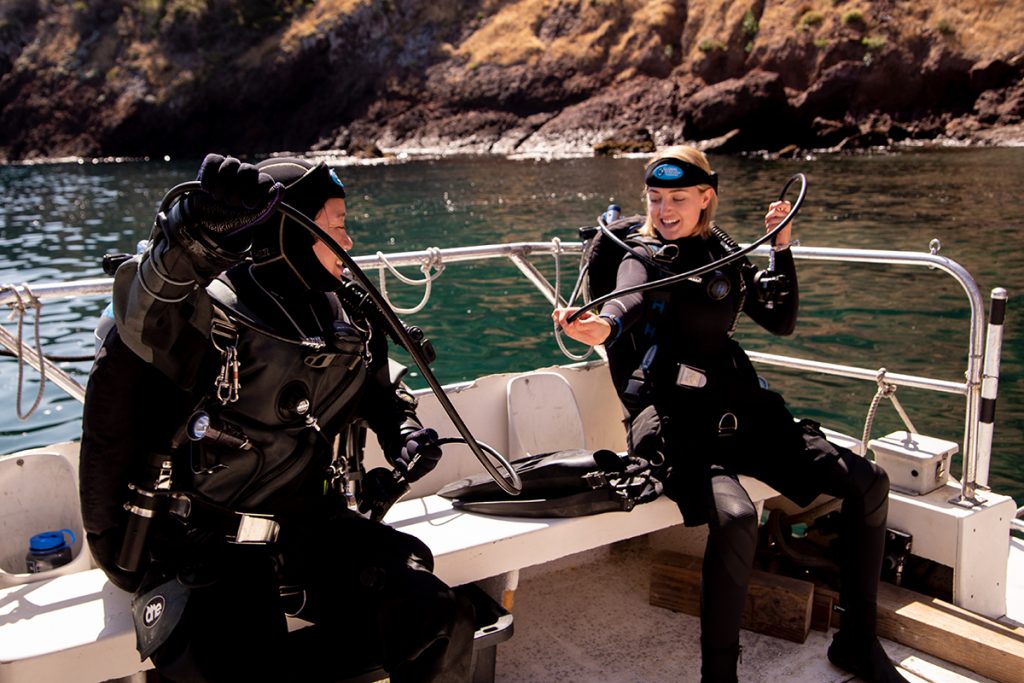
Language Matters – Invisible Meanings
The subtitle of the first section “An adverse event occurs. An instructor makes a mistake.” will have invoked a number of mental shortcuts or heuristics in the reader. We will likely make an assumption that the two events are linked and that the instructor’s mistake led to the adverse event. I purposely wrote it this way. That link could be made stronger by changing the full stop to a comma.
Language can have a large impact on how we perceive agency and causality. The problem is that how we construct our messaging is not normally consciously considered when we write or speak about events. As with many other aspects of culture, it is invisible to the actor unless there is some form of (guided) active reflection.
For example, research has shown that there is a difference between how Spanish and English-speaking participants considered the intentional or unintentional actions in a series of videos. In one example, the actor in the video would pop a balloon with a pin (intentional) or put a balloon in a box with a (unknown) pin in it and the balloon would pop (unintentional) as the balloon hit the pin.“The participant descriptions were coded as being either agentive or non-agentive. An agentive description would be something like, “He popped the balloon.” A non-agentive description could be, “The balloon popped.” The study concluded that English, Spanish, and bilingual speakers described intentional events agentively, but English speakers were more likely than the other groups to use agentive descriptions for unintentional events. Another study showed similar results between English and Japanese speakers.
Another powerful bias exists in the form of framing. This is where information is given to another party to influence their decisions and is either done consciously or not. For example, take two yoghurt pots, the first says “10% fat” and the other says “90% fat free”. The framing effect will more likely lead us to picking the second option, as it seems likely it is the healthier yoghurt. If we look at how this applies to diving incidents and agentive language “The diver ran out of gas near the end of the dive.” or “Their cylinder was empty near the end of the dive.” The first appears to put the diver at fault but we don’t know how or why this happened; whereas, the second statement is not personal and therefore allows a less confrontational conversation. Consequently, we must be careful with how we attribute agency as it limits our attention to the context immediately surrounding the person involved. If we want to learn, we have to expand our curiosity beyond the individual and look at the context.
Another example of how language matters and the shortcuts we use is the use of binary oppositions e.g., right/wrong, deep/shallow, recreational/technical, success/error, or deserved DCS/undeserved DCS. While binary modes might work for technical or mechanical systems (work/don’t work), they are not suited for systems involving people (socio-technical systems) due to the complicated and complex interactions that are present. “They didn’t use a checklist.” Is often seen as a final reason why something went wrong, as opposed to asking questions like “What sort of checklist should have been used?”, “When would the checklist normally be used?”, “What were others doing at the time”, “Which checklist? Manufacturer’s, agency’s, or their own?”
When it comes to these socio-technical systems, we can only determine success or error/failure AFTER the event. If the actors knew that what they were doing would end up as a failure due to an error, they would do something about that ‘error’ before it was too late.
Isn’t this just semantics?
All of this might appear to be semantics, and technically it is because semantics is the branch of linguistics and logic concerned with meaning. “Words create Worlds” (Heschel and Wittgenstein) for the better or worse. Think about how you frame an event or attribute agency because it WILL impact your own and others’ learning.
Look back at the original narrative in the second paragraph, which was purposely written in the manner it was, and consider where attribution has been placed, how it limits learning and what questions you can ask to improve your understanding of the event. We are cognitively efficient creatures, always looking for the shortcut to save energy. However, this efficiency comes at the expense of learning.
In this event, there were many other factors that we needed to consider, many of which would be focused on the limitations of our cognitive system. We CANNOT pay more attention; it has a limited capacity. What we can do is make it easier to prioritise and focus on the most important/and or relevant factors, and we do this by designing systems that take our limited capacity into mind.
Monitoring four students is going to be at the limits of what is safely possible, especially when other factors are taken into consideration, such as instructor experience, visibility, current, task loading, comfort levels, etc. These factors are readily apparent and their significance obvious after the event, but in real-time with all of the other conflicting goals present, not so. When designing systems and processes, try to apply the key human factors principle: make it easier to do the right thing, and harder to do the wrong thing.
As an example of how this language can manifest itself, have a look at any agency training materials which describe adverse events or incidents, and look to see how agency and attribution are applied, and how little the context is considered. e.g. the following example is from a leadership-level training manual: a supervisor left the dive site before accounting for all of the divers in the group and two were left behind and suffered from hypothermia. The reason given for the abandonment was that the supervisor was distracted. The material then goes on to say that despite the supervisor having normally conducted good accounting procedures, this would not help in a lawsuit as a court would look at the event that occurred not what they normally did. What is missing is understanding ‘how the supervisor came to be distracted’ and what the context was. This would provide a much greater learning opportunity than the normal ‘make sure you account for everyone otherwise you could be in a lawsuit.’ “We cannot change the human condition, but we can change the conditions in which humans work.”—Professor James Reason.
Summary
We have a tendency, especially in Western cultures, to want to find out ‘who did it’ and ascribe blame to an individual agent. More often than not, the agent is the person who was closest to the event in time and space. In effect, we play the game of ‘you were last to touch it, so it was your fault’ but this rarely prevents future events from occurring. In reality, divers, instructors, instructor trainers, and dive centre managers are all managing complex interactions between people, environment, equipment and cultural/societal pressures with sensemaking only being made after the event.
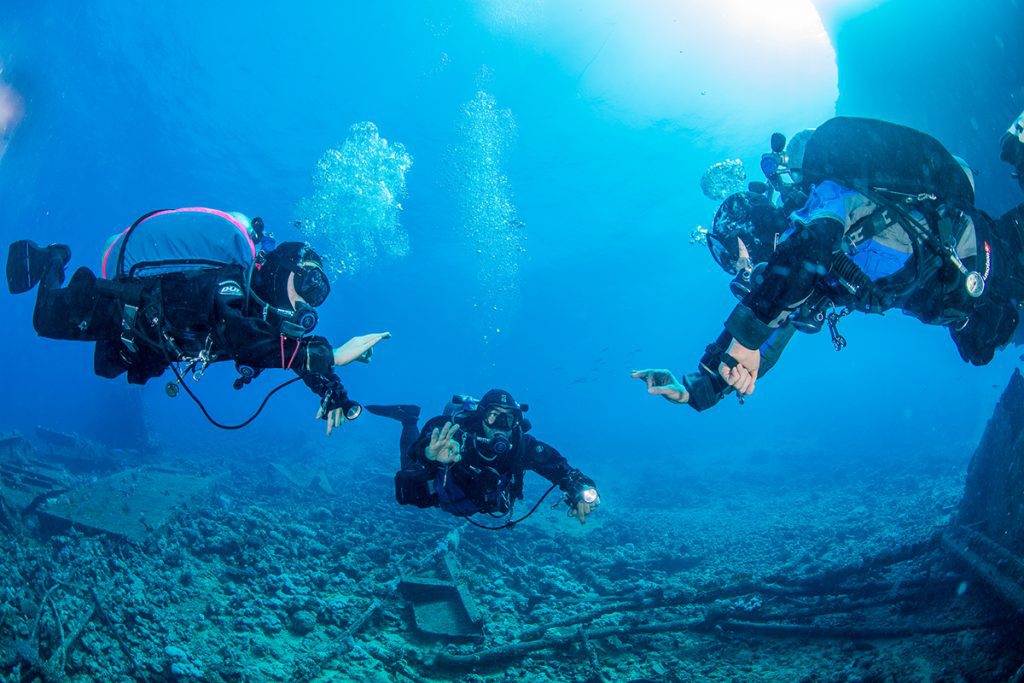
To be able to identify a single cause of an adverse event in diving is impossible because it doesn’t exist and yet this is what the language we use focuses on. We look for a root cause or a trigger event for an accident or incident. The research from Denoble et al, which described four stages (trigger event, disabling event, disabling injury and cause of death) of fatalities misses the context behind the trigger events and yet it is still used in incident analyses. Compare this to modern safety investigation programmes which have moved away from a root cause approach to a more systemic approach, like Accimap or Human Factors Analysis and Classification System (HFACS) that take into account systems thinking and human factors principles/models.
A response from Petar J Denoble’s response, [popup_anything id=”11674″]
There are no formal investigation and analysis programmes or tools in the sports diving sector so any data that is produced is heavily biased by personal perspectives. However, that gap will be addressed before the end of 2021 when an investigation course will be launched to the public by The Human Diver.
This two-day programme will provide an introduction to a systems- and human factors-based approach to event learning and will be based on current best practices from high-risk industries and academia and then tailored and focused on non-fatal events in the diving industry. There will also be a number of research programmes being developed over the next year or so which look at incidents, their causality and how to report them. The methodology will be relevant to fatalities but these investigations are often undertaken by law enforcement officers or coroners.
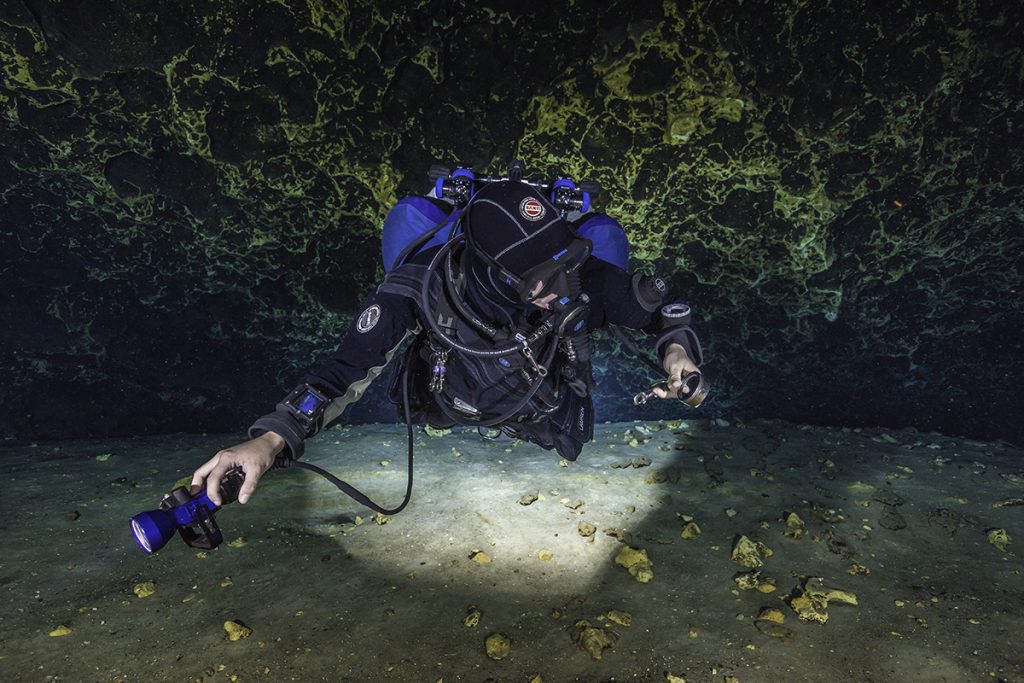
For the diving community, there is a need to look at how adverse events happen, not by attributing agency to individuals, but to look wider, to the system and the context so that we can understand how it made sense for that human agent to do what they did at the time. Ivan Pupulidy covers this clearly in the US Forest Service Learning Review, “In order to change culture, you have to change the assumptions that drive the culture.”
After note: The article was heavily influenced by the work of Crista Vesel whose referenced paper examined agentive language and how it influenced how the US Forest Service moved from Serious Accident Investigation Guide to a Learning Review. The review allowed more genuine inquiry to occur and find out the real reasons why serious events, including fatalities, occurred. You can find Vesel’s paper here: “Agentive Language in Accident Investigation: Why Language Matters in Learning from Events.”
Footnotes:
1. Lexico. Explore: agent. http://www.lexico.com/en/definition/ agent (accessed July 30, 2021).
2. Agentive Language in Accident Investigation: Why Language Matters in Learning from Events Crista Vesel ACS Chem. Health Saf. 2020, 27, 1, 34–39. 2020 3. Myers, D. Social Psychology, 11th ed.; McGraw-Hill: New York, 2013; pp 100−117
4. Fausey, C.; Long, B.; Inamon, A.; Boroditsky, L. Constructing agency: the role of language. Frontiers in Psychology 2010, 1, 1−11.
5. Dekker, S. Why We Need New Accident Models; Lund University School of Aviation: Sweden, 2005.
6. Fausey, C. M.; Boroditsky, L. In English and Spanish Speakers Remember Causal Agents Differently, Proceedings of 30th Annual Meeting of the Cognitive Science Society, Washington, DC, July, 2008. https://escholarship.org/uc/item/4425600t (accessed November 13, 2019).
7. Denoble, P.J; Caruso J.L.; de L Dear G.; Pieper C.F. and Vann R.D. Common Causes of Open Circuit Recreational Diving Fatalities. 2008
8. Learning Review (LR) Guide (March 2017); U.S. Department of Agriculture Forest Service accessed 30 Jul 2021
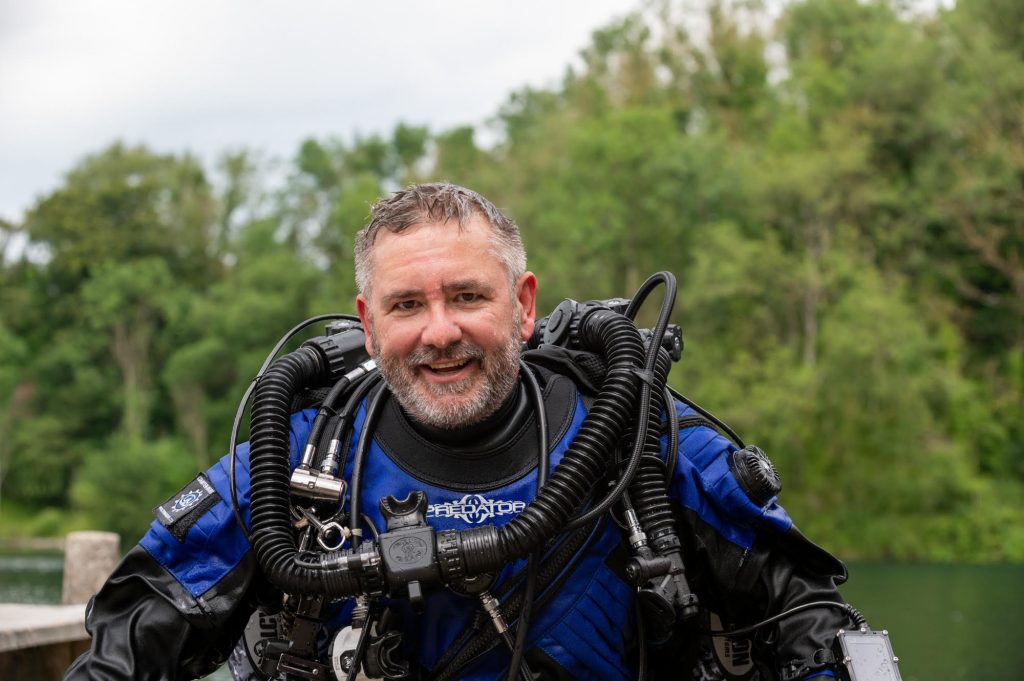
Gareth Lock has been involved in high-risk work since 1989. He spent 25 years in the Royal Air Force in a variety of front-line operational, research and development, and systems engineering roles which have given him a unique perspective. In 2005, he started his dive training with GUE and is now an advanced trimix diver (Tech 2) and JJ-CCR Normoxic trimix diver. In 2016, he formed The Human Diver with the goal of bringing his operational, human factors, and systems thinking to diving safety. Since then, he has trained more than 350 people face-to-face around the globe, taught nearly 2,000 people via online programmes, sold more than 4,000 copies of his book Under Pressure: Diving Deeper with Human Factors, and produced “If Only…,” a documentary about a fatal dive told through the lens of Human Factors and a Just Culture. In September 2021, he will be opening the first ever Human Factors in Diving conference. His goal: to bring human factors practice and knowledge into the diving community to improve safety, performance, and enjoyment.


















